REPTILE ROOM
Jamieson Brodie with VET Animal Studies students.
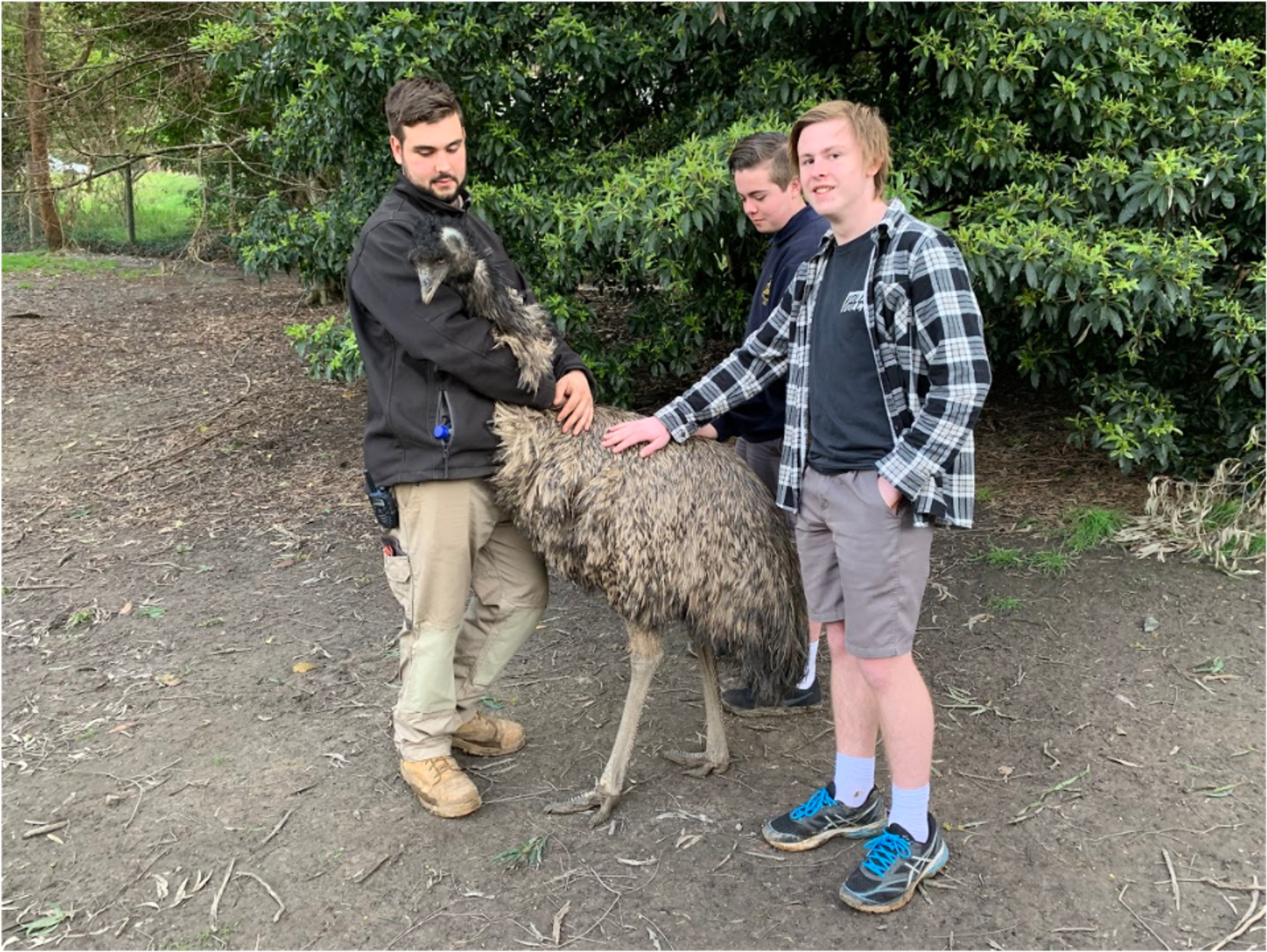
REPTILE ROOM
Jamieson Brodie with VET Animal Studies students.
We’ve finally completed the last enclosure allowing us to finally move the Water Dragons across from the old room to the new facility. It’s been dubbed the Water Dragon Oasis and the Water Dragons took no time at all settling in. They were quick to dive into the pool and make the most of the basking perches and hot rocks.
They are so happy with the new enclosure, that the students have been reportedly observed several matings, so now we’ll be on the lookout for the eggs.
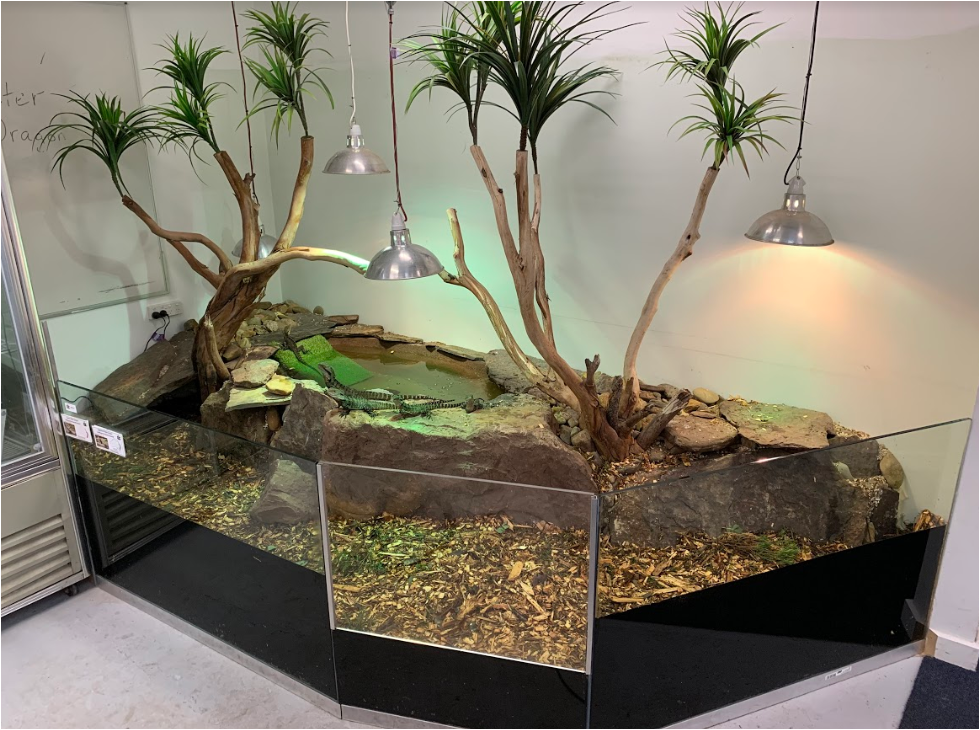

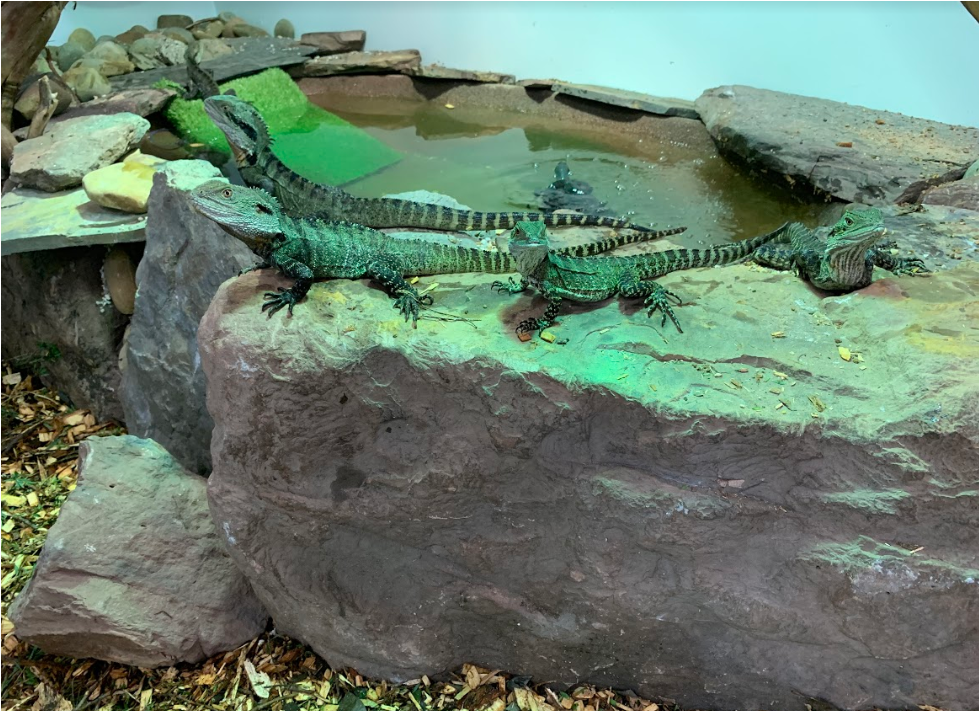

Speaking of eggs, our Dearded Dragons have got off to a quick start with more than 30 eggs laid already. While some of them look infertile at this early stage, several look fertile and healthy.
With spring just around the corner, the students have also been recording a lot of mating behaviour. Plenty of head bobs and arm waves and of course, the deafening call of our Tree Frogs which is bound to ramp up even more, over the coming months.
The VET Animal Studies students were fortunate enough to visit the Mount Evelyn Zoo last week, where they got to listen to past LHS student, Jamieson Brodie talk about his role in the ever growing zoo. Students got to spend time with other zoo keepers that work at the facility as well as get up close and personal with the animals on the property. Despite it being a cold day, the students thoroughly enjoyed their experience.
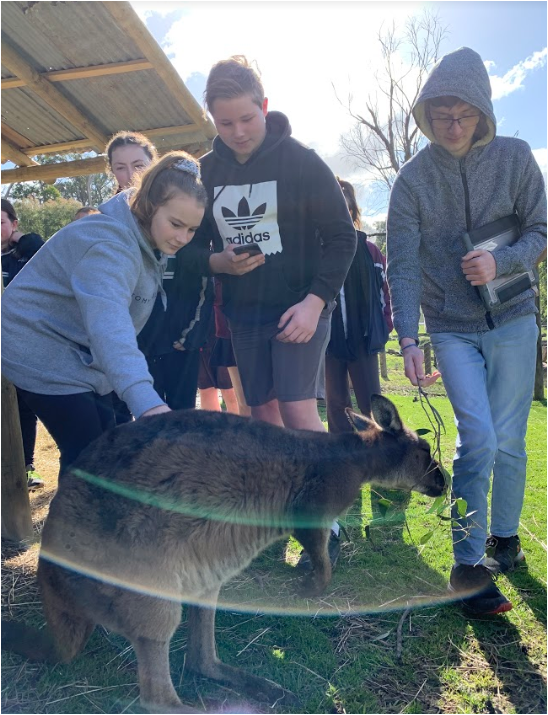

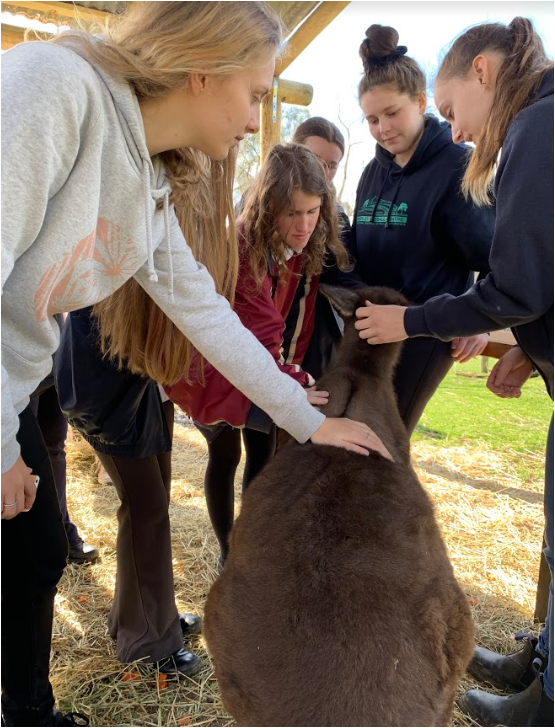

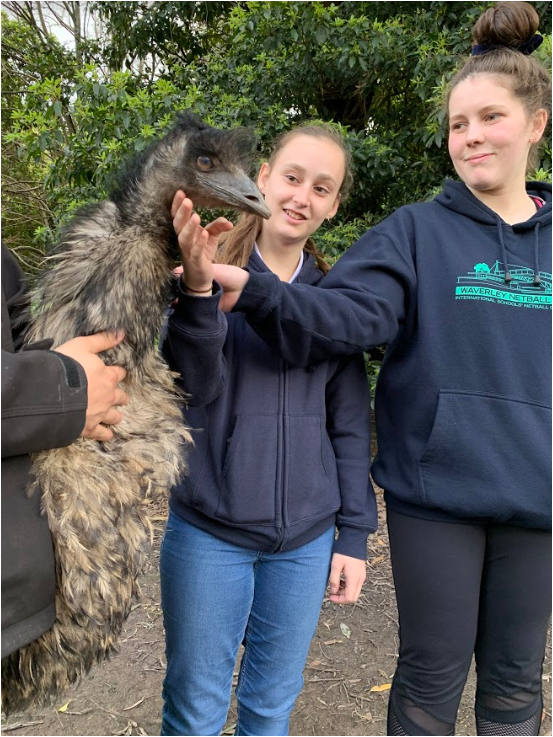

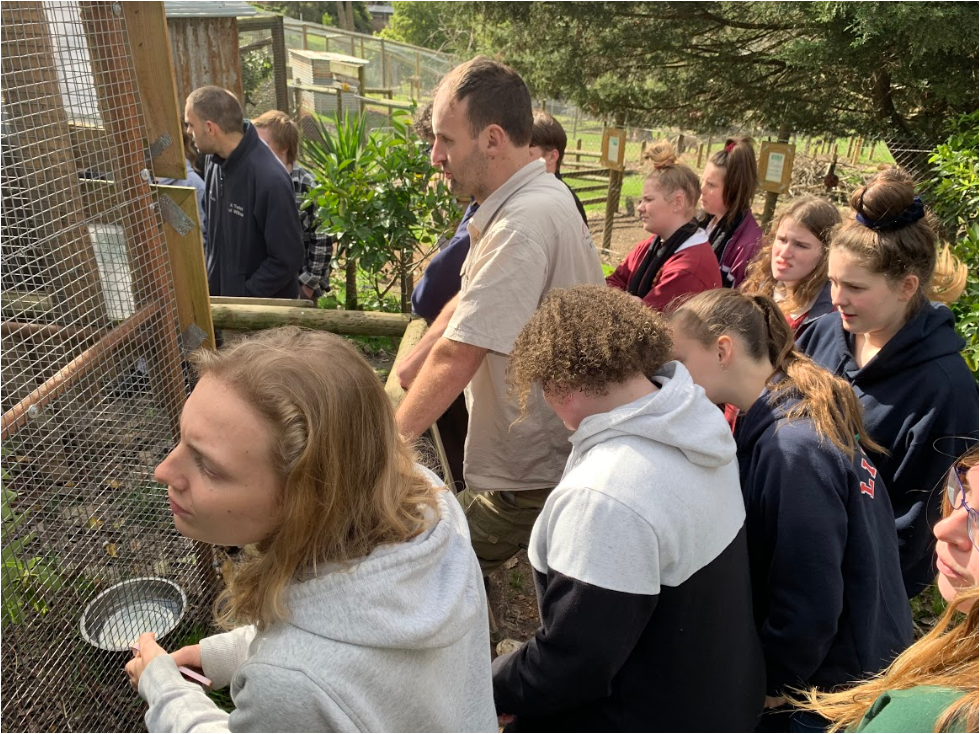

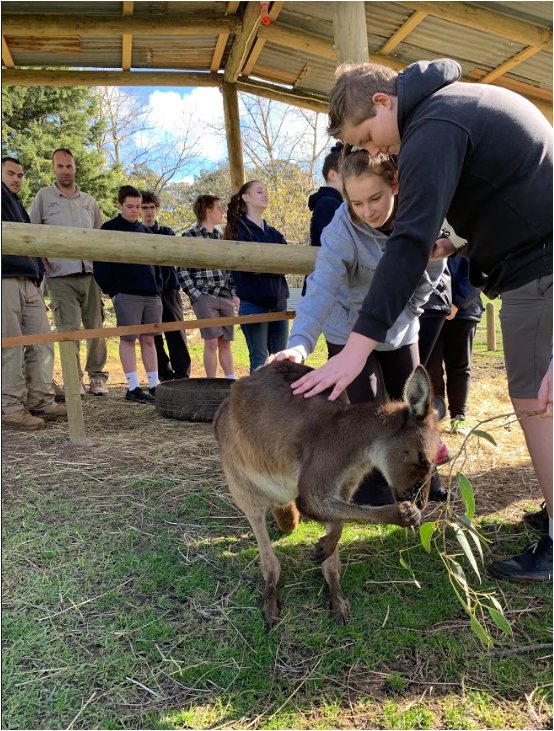



We also had the pleasure of a visit from another past student last week, Riley Morris who is now one of the main Reptile Keepers at Ballarat Wildlife Park.
Riley gave up a few hours of his day off last Monday, to spend some time showing the Lilydale High School Zoo Keepers what he does on his daily rounds at Ballarat and how we could incorporate that into the maintain rounds, of the Reptile House at Lilydale High School.
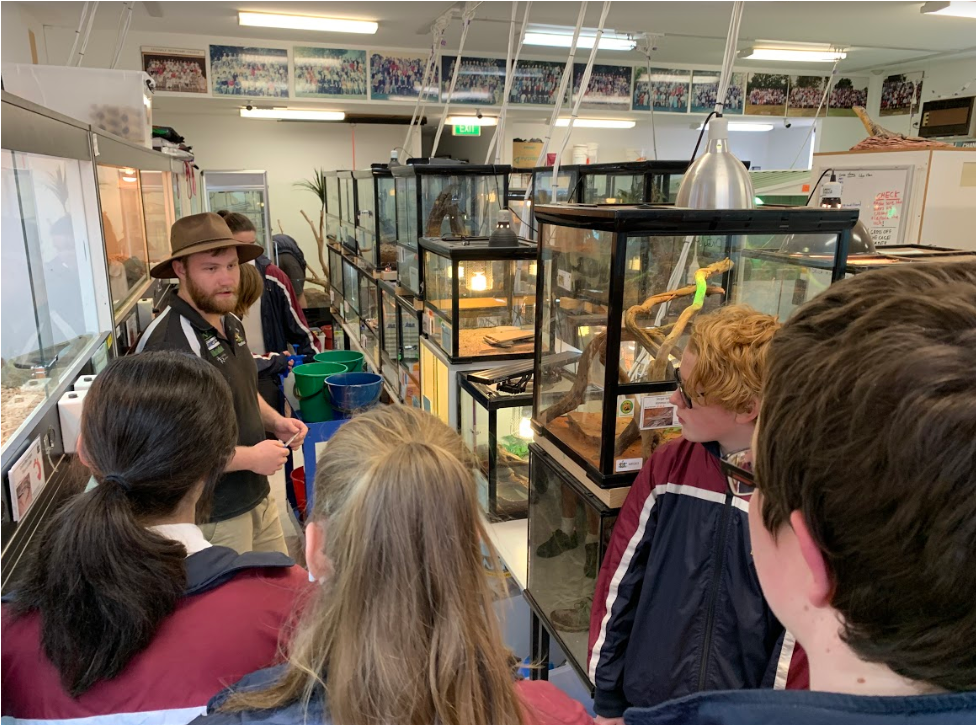

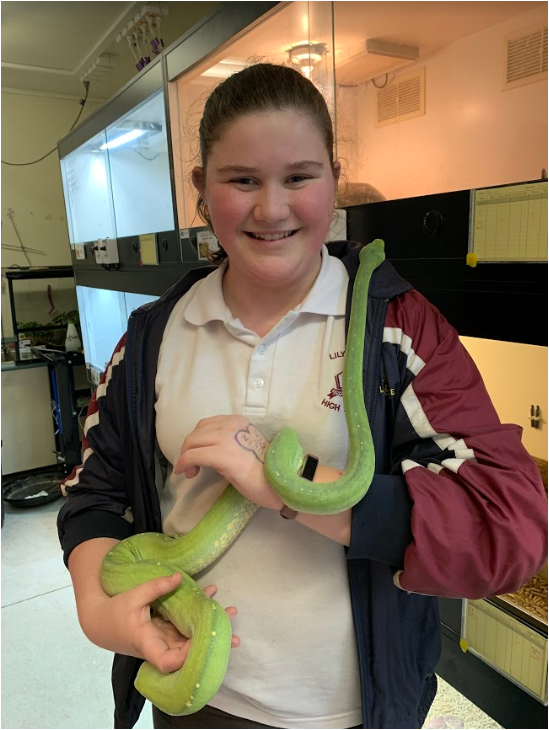

Marcus Whitby
Cody stringer: Aqua Specialist
Age:15


How long have you been a keeper in the Reptile House?
I have been a keeper since the start of 2017.
Which animals do you enjoy working with the most?
I enjoy working with all aquatic animals, but mainly turtles and fish.
What has been one of your most memorable moments in the Reptile House?
When I first got to hold a monitor, because I loved how gentle they are, for such a big creature.
What do you enjoy about being a keeper in the Reptile House?
The animals and being around your friends, who have the same interests in reptiles as you.
What are your aspirations for the future?
I would like to work in a zoo or aquarium.
Which animal is your favourite and why?
The Mangrove Monitors is my favourite animal, because of its big size and amazing pattern colour and personality. I’ve been working with the Mangrove Monitors for a just over a year now.
I’m responsible for their water changes and making sure their water quality is maintained. I need to make sure they get fresh water weekly and making sure their pH, temperature and other water parameters are at the correct levels.
The Mangrove Monitors are found in Northern Australian billabongs and tidal mangroves. They eat fish, yabbies, rodents and most things they can get their jaws around, including your fingers if you’re not quick enough. They are amazing animals to work with, mainly because of their size and colours, but also because of their intelligent personalities.
What is your leadership role in the Reptile House?
I am the Aquatic Specialist meaning, I work with all water related tanks.
What do you enjoy about this role?
Being able to bond with the animals I have an interest in which are mainly, the aquatic animals.
What do you find challenging about this role?
Being on top of all the tanks and keeping them all tidy and clean. We have more than a dozen tanks now, which is a lot of water and filtration to keep an eye on.
Why did you choose to apply for this role?
Because I love fish and have kept them for my whole life.
With the new Zoology building being built over the coming year, what are you looking forward to the most, when we move into that building?
The new enclosures that will be bigger, more natural and allow you to see the animals more, like it is in the wild.
Total length 1.2m
Australia has a number of monitor lizard species and one of the most spectacular is, the Mangrove Monitor (Varanus indicus).
It was originally thought that this species was found from Australia through Asia to India. However, the scientific species name indicus, refers to Indonesia, which is the extent of the western distribution.
In Australia, there are two separated populations, one on Cape York Peninsular, Queensland and the other in the 'Top End' of the Northern Territory. It is found in association with freshwater creeks and wetlands but also brackish mangroves.
They are powerful predators that will consume birds, reptiles, small mammals, fish and invertebrates.
The Mangrove Monitor has a dark colour with numerous lighter flecks and spots over the entire body. The tail is laterally compressed to aid with swimming, and it will readily take to the water if disturbed.
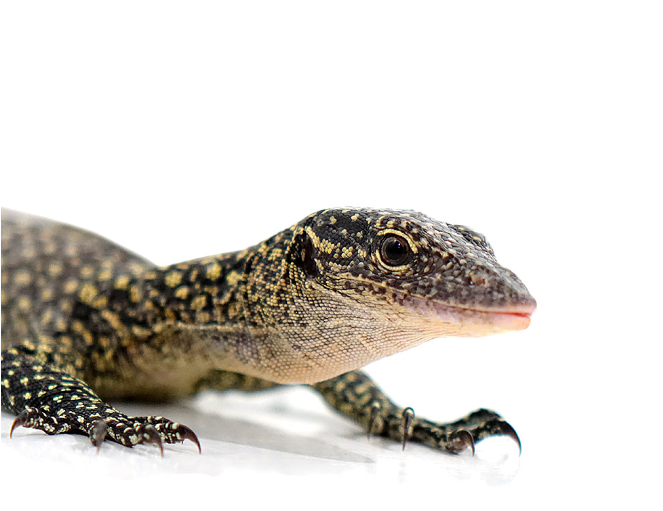

Mike Swan